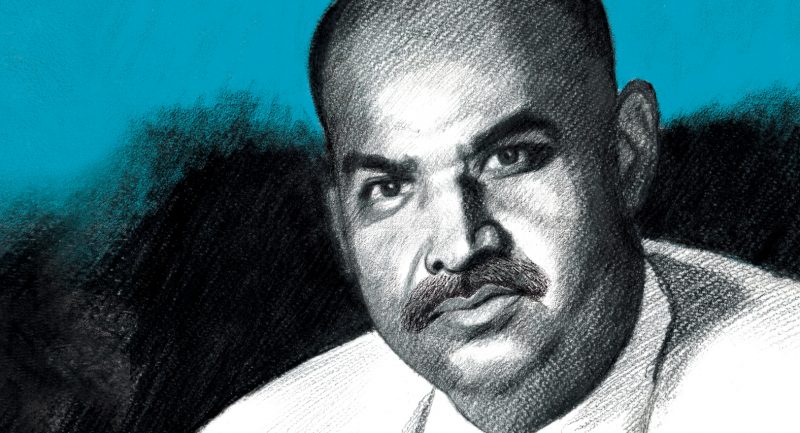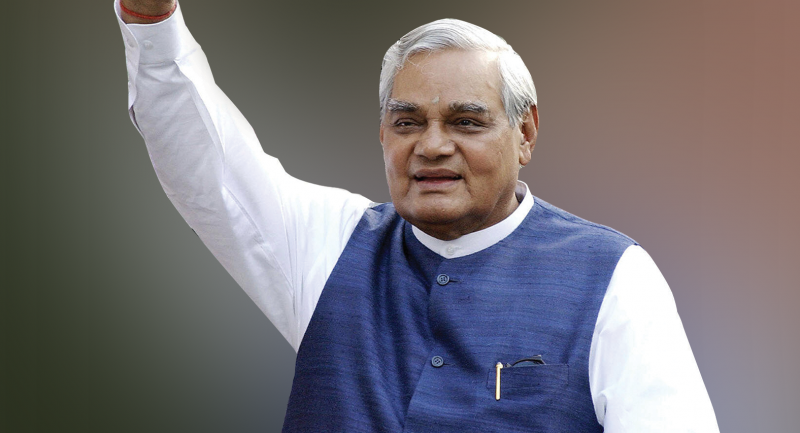
To achieve extraordinary success, you need something other than core capabilities like analytical skills, people skills, conceptual and intuitive skills, hard work and hunger for success. Chandramouli Venkatesan identifies this as developing the capability to succeed and continuously improve that capability. He calls this the Get Better Model, or GBM-your model to continuously improve how good you are.
Here is an excerpt from his new book, Get Better at Getting Better
Success is not about how good you are; it is about how powerful and effective a model you have to improve how good you are—that model is your Get-Better Model, or GBM. The automatic question that follows is, how easy is it to build that model? I got the answer from golf.
I am a passionate golfer. A fabulous aspect of the game is that amateur golfers can spend a lifetime trying to get better at it. Even if you set out to play for recreation, the game consumes you in no time because it is so difficult and challenging. Players practise, hire coaches and take lessons, watch hours of online content on how to swing the club better, observe the professionals on TV and try to learn from that, and so on. But in the end, I observed that despite all these efforts, most people—including myself— don’t really get better. This observation about others’, and also my own, efforts set me thinking—is getting better at golf that difficult? Could it be that getting better is more than just trying? Is it about identifying and implementing the right model of improvement?
Let’s consider youngsters who are fresh to golf. I observe these youngsters taking to the game and mastering it easily—kids of 10–12 years start learning and by the time they are fifteen or so, they are playing the game at a level I can’t manage after decades of trying. Why is getting better so easy for these kids, but so difficult for me? The obvious reason is age: they are starting at an age at which learning new skills is easy. Thereafter, it becomes progressively more difficult and can border on the impossible after the mid-thirties. This seems to suggest that if we want to get better at something, we must achieve the desired level of proficiency ideally when we are young.
What about work, then?
We start work only in our mid-twenties, when we are already past the most effective learning phase of our life. And we have to sustain that get-better journey late into our lives, usually till our sixties. Building a model to getting better at work is crucial for you and me, but we begin that endeavour at an age when we are possibly past our best learning phase. The implication of this troubled me greatly. Did this mean we cannot easily get better at work, much like me at my golf?
The first and most obvious conclusion I reached was that yes, indeed, the best learning happens at a younger age, and it is difficult to get better at the same pace as one ages. Compare a high-achieving sportsperson who started young with a high achiever at work. A high-achieving sportsperson performs at a level of excellence and effortlessness in their sport that very few people can achieve at work. That is because sportspersons start mastering their craft at a very early age, while we start trying to master work at a much later age. Is there anyone who can claim they are as good at their job as Sachin Tendulkar was at cricket or Tiger Woods at golf or Pele at football? A Virat Kohli possibly learnt more about cricket as a teenager, between the ages of fourteen and nineteen, than I have about work in over twenty-five years of effort in my middle age.
Once I reached that conclusion, the next obvious question was ‘What does it take to get better at work?’ And as I looked around for the answer, I observed that what I saw at golf was what was largely happening at work. People were trying very hard to get better at work and mostly not making much progress.
I looked around workplaces and found that most people were committed to getting better at work. They implicitly understood that success was about continuously improving how good you were. They were trying to learn new tools and techniques, hiring coaches, mining the experiences and advice of friends, managers and mentors, attending training programmes and online tutorials and diligently reading articles in online and offline media. But similar to my disappointing progress in golf, I saw that most people were making limited progress. Efforts at improvement were made, but the results were not proportionate.
The only difference between golf and work was the lack of a reference point at work. In golf, as I laboured to get better, I could measure myself against the fourteen- year-old next to me. I could see the young kid who, just one month ago, was much worse than me, but had made so much progress that I could not hope to catch up in even a few years. However, at work, there are no such ready reference points. Our reference points are all other people like us—people in their twenties, thirties and forties—trying to get better and making limited progress when measured against the effort they make. Because we don’t have the reference point of somebody else who is getting better much faster with much less effort, we never realize that our model for getting better at work is broken. We do not see that it is an inefficient model that takes a lot of effort and produces meagre results compared to the effort invested.
If you’re interested in knowing more about how to get better and succeed in your career, be sure to read Get Better at Getting Better!









